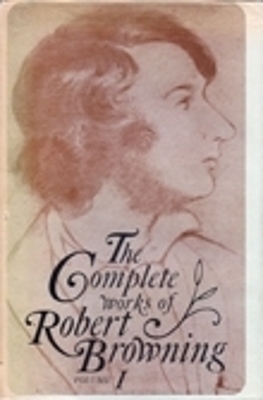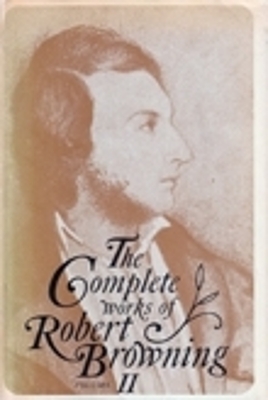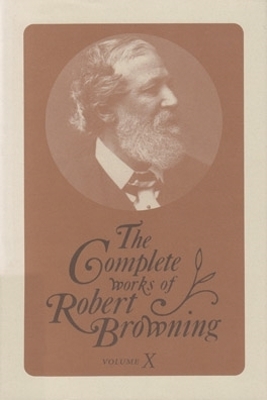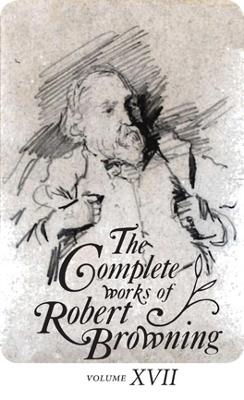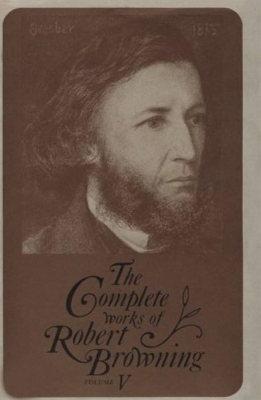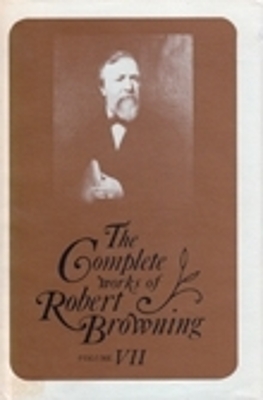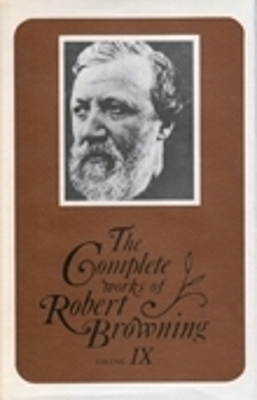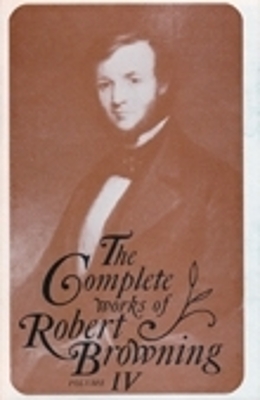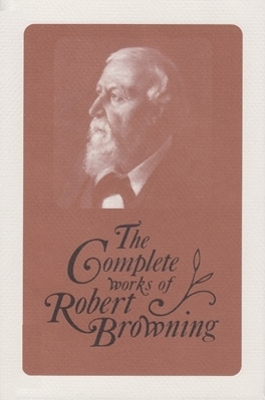Complete Works Robert Browning
12 total works
The most intriguing aspect of the poem lies in its biographical importance: the character and career of Napoleon III was a topic of sustained, sharp disagreement between Robert and Elizabeth Browning. As always in this acclaimed series, a complete record of textual variants is provided, as well as extensive explanatory notes.
Finally, Volume XVII includes "Thomas Wentworth, Earl of Strafford," a biographical essay that Browning coauthored with John Forster in 1836. The historical research done for this work formed a basis for Strafford, a play Browning completed the following year. Comprehensive explanatory notes for the works in this volume are provided, as is a title index to all seventeen volumes of The Complete Works.
Though Red Cotton Night-Cap Country is similarly concerned with a struggle between spirit and flesh, the poem is entirely based in contemporary events. Using newspaper accounts and legal documents, Browning tells the strange and shocking tale of a rich and devout Frenchman who throws himself from the roof of his chateau, convinced that heaven will deliver him from death. Upon the question of his sanity hinges the disposition of his considerable estate, and the poet traces the claims and counterclaims to their settlement in court only a few months before he wrote the poem.
As always in this series of critical editions, a complete record of textual variants is provided, as well as extensive explanatory notes.
In seventeen volumes, copublished with Baylor University, this acclaimed series features annotated texts of all of Robert Browning’s known writing. The series encompasses autobiography as well as influences bearing on Browning’s life and career and aspects of Victorian thought and culture.
In the 1880s, the aging Browning showed once again the remarkable versatility of his lyric and narrative talents. Ranging across eras and cultures, the books here reveal his late thoughts about history, myth, legend, faith, love, and desire. He had never been more popular, and the founding of the Browning Society in 1881 expanded both his audience and his sense of his place in English letters.
The first title in Volume XV is Dramatic Idylls, Second Series (1880). Taking his subjects from classical history, colonial India, Arabian legend, medieval sorcery, Jewish folk tales, and Greek myth, Browning startles the reader with the rapidity of his thought and the inventiveness of his art.
In Jocoseria (1883) Browning’s subjects range across time and space from Hebraic legend to the England of the Romantics. Such variety helped attract new readers: Jocoseria was immediately successful, and a second edition was printed in the same year as the first.
Although Browning’s next volume, Ferishtah’s Fancies (1884), was so popular that three editions were printed in less than two years, this artful string of anecdotes and lyrics has attracted little favorable criticism. The materials—Persian legends and Arabic backgrounds—chimed with the wildly popular Orientalism of FitzGerald’s Rubáiyát, Whistler’s Peacock Room, and Alma-Tadema’s paintings. But the thought was pure Browning in his most optimistic vein, and not at all in tune with the growing pessimism of the day.
As always in this series of critical editions, a complete record of textual variants is provided, as well as extensive explanatory notes.

